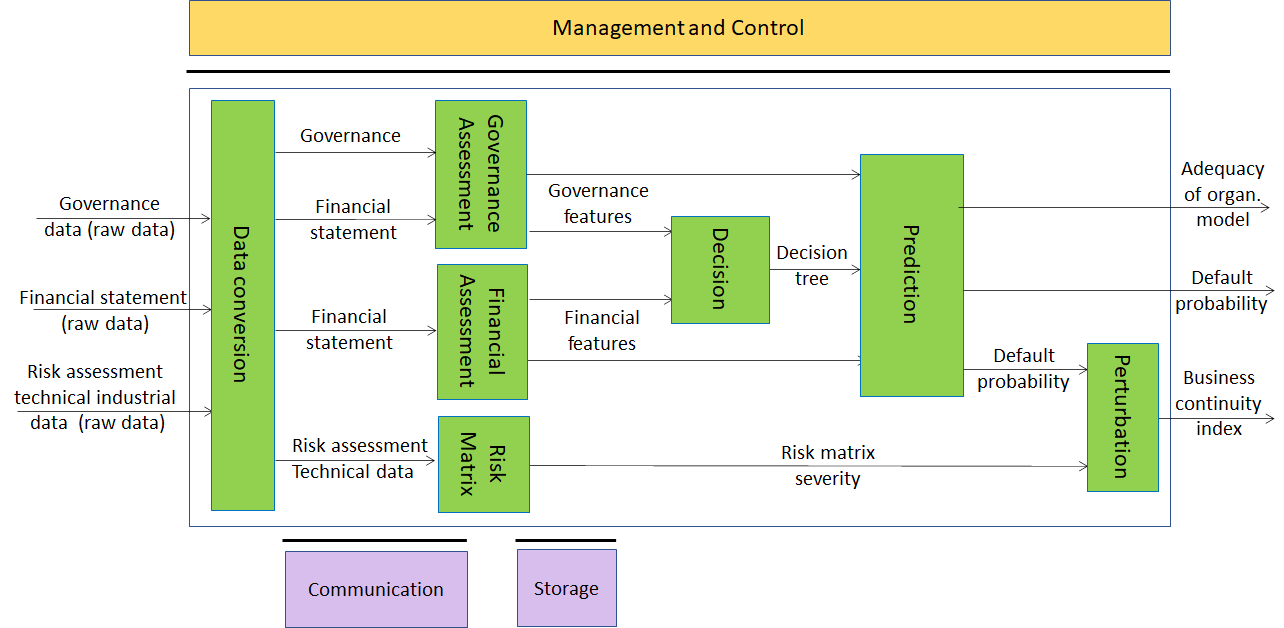Two weeks left to the Context-based Audio Enhancement and Multimodal Communication Calls for Technologies.
Last 17 February, MPAI issued two Calls for Technologies.
The Context-based Audio Enhancement (MPAI-CAE) https://bit.ly/3rqrvn1 Call comprises 4 Use Cases designed to improve the user experience for several audio applications in contexts such as in the home, in the car, on-the-go, in the studio etc. Usage examples are: adding a desired emotion to a speech without emotion, preserving old audio tapes, improving the audioconference experience, and removing unwanted sounds while keeping the relevant ones to a user walking in the street.
The Multimodal Conversation (MPAI-MMC) https://bit.ly/3tZqF2y Call comprises 3 Use Cases that use Artificial Intelligence (AI) to enable conversations between humans and machines that emulate conversations between humans in completeness and intensity. Usage examples are: an audio-visual conversation with an emotion-understanding machine impersonated by a synthetic voice and an animated face, requesting information about an object while displaying it, a human talking to a machine doing the translation with a voice that preserves the speech features of the human.
MPAI has already received a sufficient number of intentions to submit proposals covering all use cases. However, more competition makes better standards. If you have relevant technologies, please have a look at the Call for Technologies (https://bit.ly/3ryNsAF) page, read the text of the Call of your interest, study the Use Cases and Functional Requirements document and review the Framework Licence. In case of doubt, use the Template for submissions.Your proposal should be received by the 12th April 2021.
A new MPAI Call for Technologies tackles AI-based risk analysis
At the 6th General Assembly MPAI has approved the Compression and understanding of industrial data (MPAI-CUI) https://bit.ly/2PCD1hP Call for Technologies. The standard will enable prediction of a company performance by extracting information from its governance, financial and risk data. MPAI believes that Artificial Intelligence (AI) can achieve that goal.
In its current form, MPAI-CUI uses AI for such purposes as assessing and monitoring a company’s financial and organisational performance, and the impact of vertical risks (e.g., cyber, seismic, etc.); identifying clues to a crisis or bankruptcy years in advance; supporting financial institutions when deciding on a loan to a troubled company…
The Use Cases and and Functional Requirements (https://bit.ly/3dapNkE) document identifies the requirements that proposed technologies should satisfy e.g. a governance data ontology that captures today’s practice at the global level, a digital representation of financial statements, risk assessment technical data having universally valid semantics and tree-like decision models to predict the probability of company crisis.

The Call for Technologies will be introduced at two online conferences that will be held on 31st of March at 15.00 UTC and 7th if April at 15.00 UTC. Interested parties are welcome to attend using the URLs of the first conference call (https://bit.ly/2PdUSMf).
All parties, including non-MPAI members, who believe they have relevant technologies satisfying all or most of the MPAI-CUI Functional Requirements (https://bit.ly/39CzuaP) are invited to submit proposals using a template (https://bit.ly/39mtzpX). They are also invited to inform the secretariat (secretariat@mpai.community) their intention to respond to the Call ) by the 16th of April.
The MPAI-CUI Call for Technologies (https://bit.ly/3rnDl1i) requests that the technologies proposed, if accepted for inclusion in the standard, be released according to the MPAI-CUI Framework Licence (https://bit.ly/2QNWTzv) to facilitate patent holders in their definition of the final licence.
Framework Licences and MPAI standards
MPAI’s Call for Technologies are documents that describe the purpose of the standard (called XYZ in the following), what submitters should do to respond, how submissions will be evaluated. Additionally, a Call contains the following text that should be mandatorily included in a submission:< Company > submits this technical document in response to MPAI Call for Technologies for MPAI project XYZ.
< Company > explicitly agrees to the steps of the MPAI standards development process defined in Annex 1 to the MPAI Statutes https://bit.ly/2PxO3Fm (N80), in particular
< Company > declares that < Company > or its successors will make available the terms of the Licence related to its Essential Patents according to the Framework Licence of XYZ, alone or jointly with other IPR holders after the approval of the XYZ Technical Specification by the General Assembly and in no event after commercial implementations of the MPAI-CUI Technical Specification become available on the market.
With this declaration a submitter agrees to license their technologies that have been accepted into the XYZ standard in line with the Framework Licence of the XYZ standard. MPAI has already developed four Framework Licences, (https://bit.ly/2P2aCSM) but what is a Framework Licence?
It is the business model, defined and adopted by the MPAI Principal Members who intend to actively contribute to the standard, to monetise their patents. The Framework Licence does not contain values: such as dollars, percentages, dates etc.
Here are 3 examples of clauses contained in the FWLs adopted for the three standards mentioned in this newsletter:
- The License will be free of charge to the extent it is only used to evaluate or demo solutions or for technical trials.
- The License may be granted free of charge for particular uses if so decided by the licensors.
- A preference will be expressed on the entity that should administer the pool of patent holders.
MPAI is confident that Framework Licences will accelerate the definition of licences benefitting industry, consumers and patent holders.

